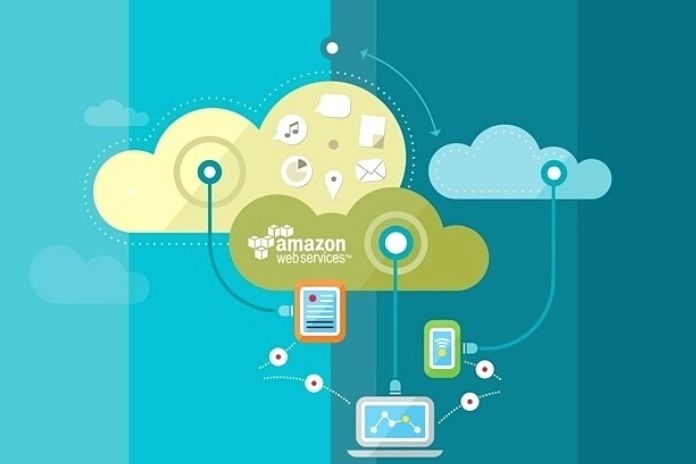Planning, developing, and implementing a successful solution for the IIoT, Industrial Internet of Things requires experimentation, innovation, and patience. There is no project. There is no standard procedure. In addition to building a business plan, organizing a DevOps team, addressing security, creating unique offerings, and solving connectivity challenges, you need to have the proper infrastructure to enable smooth scalability and control costs.
It is essential to understand that an IIoT platform cannot be built effectively and agile in a corporate vacuum. Internally, you will need to invest a significant amount of time to build the underlying operating system correctly. Once the foundations have been built, it will be necessary to identify the infrastructure on which the solution will live. It is advisable to take advantage of existing infrastructure technologies built by companies with specific skills.
In particular, cloud infrastructures typically offer services that can be used strategically to enhance and enlarge the capabilities of a platform. In particular, the Amazon Web Services (AWS) cloud is a starting point for developing large-scale IIoT applications. AWS provides core business, IoT, and significant data features and services that allow developers to abstract non-differentiating operations. By providing services for these IIoT applications, AWS allows developers to focus only on engineering their specific solution.
How To Plan An IIoT Solution
Unlike the status of the IoT in the consumer goods market, the industrial space presents itself with many challenges that are not easy to solve. The connectivity, security, protection, and lifecycle management requirements generate high barriers to entry for start-ups in the IIoT market. However, this gives established operators the opportunity to build specialized and customized solutions.
The first step in building a successful IoT solution is planning. Quickly jumping to the design stage when you have a new idea or technology use case can be tempting. Still, without proper long-term planning, you risk facing more challenges along the way and ultimately irrelevance in the future.
During the discovery and planning process, there are specific business and operational details that you need to consider:
- What is your business goal?
- What are your success metrics?
- What types of devices will the system work with?
- What does the connectivity of the devices look like?
- In what format will the data be?
- What software, hardware, tools, and technology will you need to achieve your goal?
- What volume of data will your system need to manage? How often?
- Will your solution be used in greenfield or brownfield environments, or both?
- What do security, governance, and politics look like at each level of the system?
- How will you address the needs of margin analytics, machine learning, and predictive analytics?
There are also general questions to consider. For example, will the technology used today be obsolete in the coming years? What types of solutions will become undifferentiated goods? How will your solution differ from current and future competition? Who are your target customers, and what are their biggest demand drivers now and shortly? A key aspect of business and operational planning requires a thorough understanding of the business model, the challenges it contains, and the type of company that will define the correct solution path.
Also Read: Cloud Automation: How Does It Improve The Quality Of Cloud Servers?
The Three Business Models In The IIoT
In the IIoT space, there are three primary business models. Determining which one defines a business will affect the planning process.
Solution Business Model
The solution business model, or business model of the project, is focused on consulting and developing customized solutions. Typically, solutions use a set of data emitted by software devices or systems that must be transformed into usable information. End-to-end use cases and needs are specified and directly implemented. Additionally, service agreements and support agreements are commonly sold.
Competition in this sector is primarily driven by cost and speed of development. These companies often deploy third-party technologies on internal platforms to build reusable functionality or even a multi-tenancy system to manage customers. As with custom solutions, time-to-value is longer due to the additional cost and time involved. Organizations with this business model are typically customers of companies that implement the other two models.
Technology Services Business Model
In this model, companies develop and deliver technologies that solve a particular problem in the IIoT. For example, they can create solutions to manage device certificates or define virtual network overlays to secure operations. The goal is to achieve mass adoption of the solution.
Several vendors often offer similar solutions, so companies need to differentiate their technology operations and capabilities to stay competitive. This means that the target audience (solution implementers and integrators) must consider a wide variety of parameters – scalability, resilience, security, contract terms, license terms, vendor stability – before making a purchase decision.
Platform And Ecosystem Business Model
This model focuses on enabling by connecting suppliers and consumers on a common platform. There are many prominent platforms, for example, Uber, eBay. These companies all provide a reliable platform where suppliers can offer services to consumers. Companies using this business model do not have to produce or own any of the end customer’s goods but act as intermediaries capable of adding value.
The strength of this approach lies in its enormous scalability and the potential for a high-volume business. But it has its challenges, which make it the most challenging model to build successfully. For example, it requires substantial effort to get enough ecosystem participants to offer their solutions on the platform.
In addition, the solutions offered must cover a variety of needs sufficient to satisfy customer requirements. The platform also needs to be highly scalable and resilient and ensure that tenant isolation is highly effective. The areas of interest and the challenges to be addressed will depend on the company’s business model.
Also Read: Benefits Of Having FireWall Protection On The Cloud

